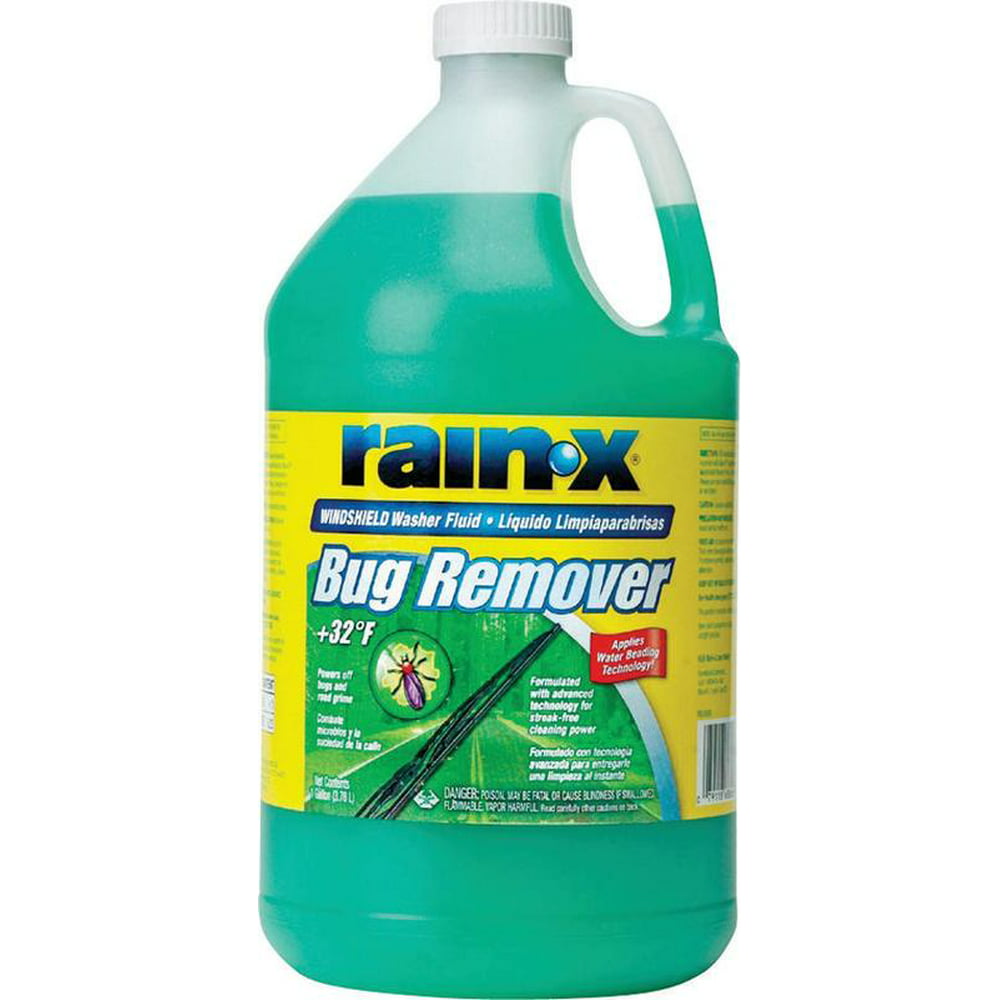The terms broth and stock are often used interchangeably, which
is a somewhat divisive topic in the culinary world. Stock is also sometimes referred to as bone broth, referencing its origin while muddying the waters. Generally speaking, stock is made (as the alternate
name implies) from cooking bones in liquid for an extended period of time to
extract all the meaty goodness inside. Stocks are sometimes referred to as "fonds
de cuisine", or foundations in classical cookbooks, since they are used as
the basis for other dishes. While stock will usually be made with added vegetables,
spices are often not added during preparation as they will be added in the
final dish. In contrast, broth is usually prepared with some meat, as
well as the bones of whatever animal. In addition, broths are made with spices
and other flavorings, and are cooked for a shorter time than stocks.
Stovetop Stock
I used to make stock on the stovetop using the following
simple process, but once I got my InstantPot, I never prepared stock on the stovetop again.
Ingredients
- Meat bones (chicken, beef, or pork)
- Onion
- Carrot
- Garlic
- Other herbs as desired
- Water
Recipe
- Place everything in the pot and add water to cover. Chicken bones will likely float; this isn't an issue.
- Bring the water to a boil, then reduce heat to a simmer.
- Cook covered six or more hours, until either the water is reduced by half, or to taste.
- Keep an eye on the pot as it may try to boil over.
- Strain all the solids, and store the remaining liquid for no more than a week or two in the refrigerator or up to a year in the freezer.
Note: some people like to roast the bones and vegetables in
the oven before boiling, which is reported to add richness to the flavor. I've
never done this myself.
For the InstantPot version of this recipe, the ingredients are the same, other than the water. Depending on
the size of the InstantPot, either ½ or 1 cup of water is added. The directions are also the same, except I run the InstantPot for two or more hours at high pressure.
If I'm doing several batches, I'll use the rendered broth from
the first as the liquid for the second, and so on. This
produces a rich, dark brown broth (even with chicken) that will assume the consistency of Jell-O when
cooled, due to the gelatin extracted from the bones.
 |
Chicken Soup
For a broth, I present you with my mother's general purpose
chicken soup recipe. This is the classic Jewish soup imbued with mystical healing
powers. As with many family recipes, the ingredients are not precise
measurements.
Ingredients
- Celery – 10 stalks + leaves
- 2 onions
- 2 large carrots
- 3 parsnips
- Parsley (fresh)
- Dill (fresh)
- Garlic (to taste)
- 1 Plum tomato
- Chicken*
- Salt and pepper
- Gizzards
- Water to cover
- Thin Egg Noodles
*If possible, get what is called a “stew” chicken or “soup”
chicken. This is an older bird and will
hold up much better and be more flavorful than a regular chicken.
Recipe
- Carefully wash the chicken, removing the giblets and setting them aside for use in other recipes.
- Cut the chicken up and place in a very large pot with the gizzards.
- Cover chicken with water, then lid the pot and bring to a boil for a total of 1 hour. Skim the water occasionally.
- Cut up the veggies, tying the carefully washed herbs in bunches so it is easier to remove them.
- Add the veggies and cook for another hour, covered.
- Remove veggies and chicken from soup and skim off as much fat as possible.
- Strain the soup through a very fine strainer. I usually do this twice, and the second time I put a piece of paper towel in the strainer to make it really clear.
- Refrigerate soup, and skim off any hardened fat before heating to serve.
- Cut up the chicken and remove from the bone. Set aside, and serve in the soup if desired.
- Cut up carrots and parsnips to serve in soup.
- Cook the egg noodles separately, then add before serving.
While I've never made it myself, there are also vegetable stock recipes; here's one.
Enjoy, and eat in good health.































